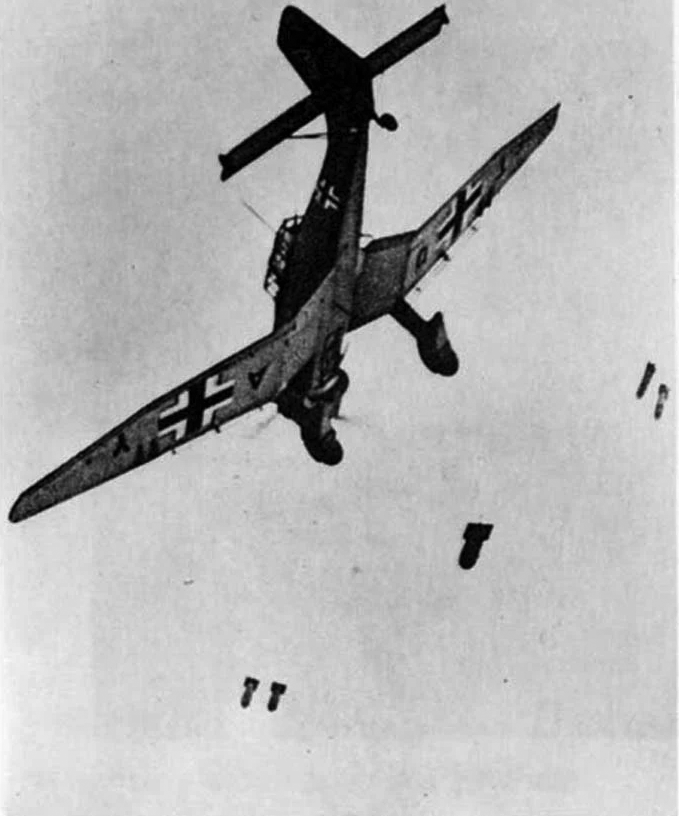
The Second World War led to a number of major breakthroughs and developments. Consider atomic energy, penicillin, radar, jet aircraft, computers and the United Nations. But the conflict also spawned at least one new religion: The church of John Frum.

The 70-year old faith was an uncanny by-product of the Allied military presence on the Vanuatu Islands of Melanesia in the South Pacific. During the war, the primitive tribal inhabitants of the island of Tanna were awestruck by the seemingly all-powerful American occupiers that landed there following Japan’s attack on Pearl Harbor. After the troops had departed the island in 1945, Tanna’s stone-aged inhabitants began worshiping the abandoned equipment that the visiting army had left behind.
Known among anthropologists as a “cargo cult”, the curious religion got its start when the first engineers arrived on the island to build a military airstrip.
Of course, the locals already had some experience with outsiders. Spanish explorers discovered Vanuatu in the 17th Century and European ships had been stopping over intermittently for hundreds of years since then. During the 19th and early 20th centuries, French and English missionaries even sought to Christianize the islands’ isolated inhabitants. Exposure was limited however and far less transformative to the local culture than the massive influx of U.S. military personnel and goods that arrived after 1941.
At first, the natives were likely fascinated by these newcomers and the strange runway that they carved out of the island’s primeval jungle. Their curiosity soon turned to utter bewilderment. After the workers finished construction, magical flying machines began descending from the heavens to disgorge treasures and medicines the likes of which the islanders had never seen.
Locals regarded the incoming aircraft and the assorted goods they carried as supernatural. The bravest locals were soon scouring the fringes of the airfield looking for abandoned packing crates, oil drums, tin cans, coke bottles and other items, all of which were considered enchanted.
As soon as the war ended and the Americans abandoned their outpost on Tanna, the natives began mimicking the habits and appearance of the departed occupiers in hopes of summoning more of the cargo-laden flying machines.
They set down their own rudimentary runways in jungle clearings complete with bamboo control towers and assembled en masse to perform airplane calls. Others donned copy-cat fatigues and marched in formation like GIs while carrying rifle-shaped sticks. Some fashioned their own Stars and Stripes flags and hoisted them on makeshift poles. Tribal shamans had convinced themselves and their flocks that some combination of all these rituals (and others) just might please the spirits and bring more cargo.
To this day, Tanna’s faithful continue their vigil awaiting the return of the aircraft and the wonderful messiah who will be flying them: A mystical deity known as “John Frum”.

Anthropologists who study the Melanesian tribes speculate that Frum might have actually been a real person – most likely a generous sentry, engineer or aircraft mechanic who handed out goods, Hershey bars or medicine to the locals during the occupation. Perhaps he even identified himself as “John, from America”. Others speculate that Frum may instead be a composite of several personnel from the airbase or even a hodge-podge of American icons and archetypes including Uncle Sam, Popeye and Santa Claus. Some suggest that the Melanesian veneration of John Frum actually pre-dates the Second World War and may be based on some unknown charitable westerner that visited the island by ship in the decades before World War Two.
Regardless, Frum-worshipers still herald their god as the almighty “King of America”. Each year on Feb. 15, devotees mark their bodies with the letters U.S.A. and march in hopes that Frum will return. The entire religion, which is now more of a kitschy tourist attraction than anything else, also formed the basis of a homegrown nationalist political party that celebrated its 50th anniversary in 2007.
SOURCES:
http://www.smithsonianmag.com/people-places/in-john-they-trust-109294882/?no-ist
http://www.sjsu.edu/faculty/watkins/cargocult.htm
http://www.damninteresting.com/john-frum-and-the-cargo-cults/
http://en.wikipedia.org/wiki/Cargo_cult
http://en.wikipedia.org/wiki/John_Frum
http://en.wikipedia.org/wiki/Tanna_(island)










1 thought on “In Frum We Trust – The Outlandish Cargo Cult of World War Two”